Doing up your Dream House: Lead Worker
From roofs to coffins, this firm of lead plumbers are experts in their field, finds Mary Miers.
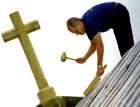

Traditional lead work is still known as lead plumbing, although today it is mostly used for replacing and repairing roofs and guttering. Domestic plumbing formed a large part of a lead-worker's job until lead water pipes were replaced by plastic ones, but it is now really only undertaken for 'wiping' or soldering joints on soil pipes in old buildings. One of the earliest metals known to man, lead has been in use for at least 7,000 years. It is pliable, extremely resistant to corrosion and pollution, and can be melted down and reused. 'Where possible, we recycle lead and return it to the same building,' says lead plumber Jonathan Castleman. 'Where there is none, we buy in scrap lead and melt it down, and to improve its quality, we mix it with pure lead, which now has to be imported as there are no lead mines operating in Britain anymore.' Mr Castleman is the seventh generation to work for his family firm, Norman and Underwood, which was founded in 1825. He started as an apprentice plumber, and is now the managing director, responsible for measuring and surveying lead structures, and for advising on the best way to main-tain and repair them. The company's lead-plumbing department employs 40 craftsmen (including apprentices), whose jobs have included the roofs of Salisbury and St Paul's Cathedrals, Westminster Abbey and Windsor Castle, as well as many new buildings and Jerusalem's Dome of the Rock. Many roofing systems combine lead with other materials, including copper, stainless steel, aluminium and zinc, but the different techniques required by these hard metals also come within the scope of the traditional lead worker. Norman and Underwood works both with rolled lead (which it buys in) and sand-cast lead (which it manufactures), preferring the latter for use on old buildings. Rolled lead, which became common in the 19th century, is lead that has been milled by machine to a required thickness and mass produced. It tends to be smoother in texture, and has a bit more 'creep' than sand-cast lead, which is more natural looking and, it is claimed, longer lasting. A well-made sand-cast lead roof has a normal life expectancy of 200 years, although, if properly maintained, it could last at least 400. The process of sand-casting lead has changed little since ancient times, although it is no longer done on site. The lead caster uses a long table covered with a smooth layer of sand, at one end of which hangs a crucible containing a furnace of molten lead. This is ladled into a header pan and then poured over the sand, where, controlled by the casters, it solidifies immediately to the required thickness, ranging from 2.24mm to 3.55mm (codes 5?8). 'We can go up to code 12 (5mm) for special cases,' says Mr Castleman. 'You can only lay each thickness to a certain length, so the dimensions of the roof dictate thickness.' The caster then cuts the lead into sheets, which are rolled into coils and delivered to the site. Here, a lead plumber fixes them by hand using copper cleats. Movement caused by temperature is allowed for by ensuring that the sheets are overlapped and have flexible seams, such as a traditional hollow roll, which is usual for steeper roof pitches, or a wood-cored roll for flatter structures. These days, the preferred traditional method of bossing, or working the lead into required shapes with special hand tools, is less used; instead, components are welded together with special equipment. Lead hopper heads and rainwater pipes, often with decorative designs, are also sand cast, using moulds pressed into the sand. And there is also a certain demand for lead coffins, particularly for crypts, because they are airtight and therefore preserve the corpse. MARY MIERS Norman and Underwood: 0116?231 8000; www.nandu.co.uk TOP TIPS
On no account repair lead roofs with bitumen compound it hides the problem, and is difficult to removeClean gutters and sumps regularly, and check lead flashings, which can work loose and cause mortar fillets to fail
Replace lead if it has thinned, developed cracks, or the fixings have worked loose, causing slippage This article first appeared in Country Life magazine on October 26, 2006


For more on property, architecture, the arts and the countryside subscribe to Country Life magazine

Contact us about this story

Search all online stories

For what's in the magazine this week see contents
Exquisite houses, the beauty of Nature, and how to get the most from your life, straight to your inbox.

Sign up for our free newsletter

Country Life is unlike any other magazine: the only glossy weekly on the newsstand and the only magazine that has been guest-edited by His Majesty The King not once, but twice. It is a celebration of modern rural life and all its diverse joys and pleasures — that was first published in Queen Victoria's Diamond Jubilee year. Our eclectic mixture of witty and informative content — from the most up-to-date property news and commentary and a coveted glimpse inside some of the UK's best houses and gardens, to gardening, the arts and interior design, written by experts in their field — still cannot be found in print or online, anywhere else.
-
 A slick looking off-roader that's a far cry from its rustic rural roots — Volvo EX30 Cross Country
A slick looking off-roader that's a far cry from its rustic rural roots — Volvo EX30 Cross CountryThe latest iteration of Volvo's Cross Country is flashy, fast and stylish. But is that what a Volvo Cross Country is supposed to be?
By Adam Hay-Nicholls Published
-
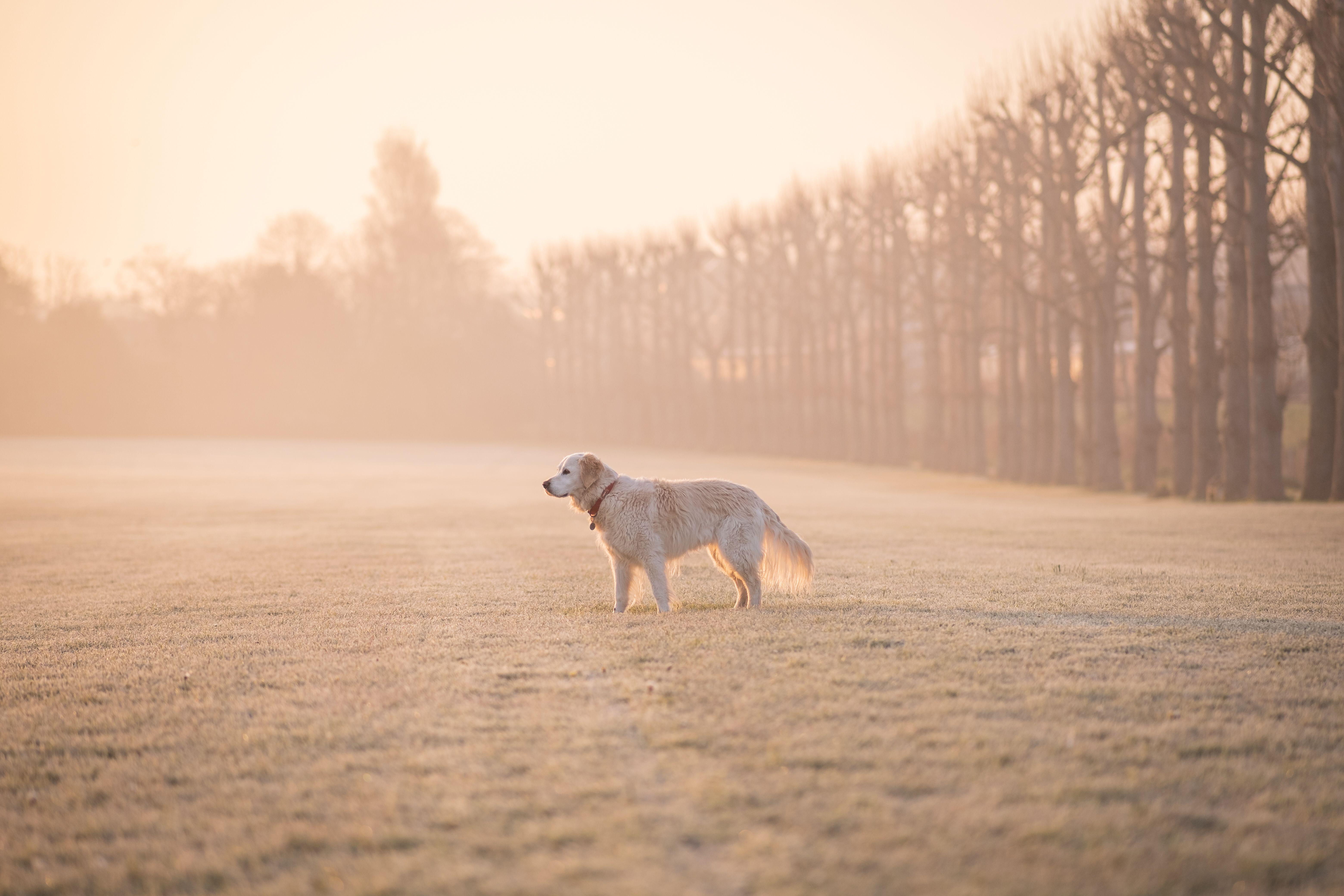 The golden retriever: The world’s most likeable dog almost didn’t exist at all
The golden retriever: The world’s most likeable dog almost didn’t exist at allThey’ve been popping up everywhere this week — on the Tube, at Christmas parties and in the news — so it feels like the perfect moment to talk about the dog breed we’re lucky to have.
By Florence Allen Published
-
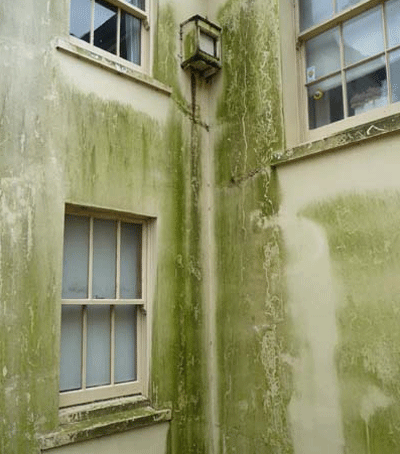 How to prepare your house for winter
How to prepare your house for winterAs winter approaches, experts advise that preventative measures are crucial for our houses to weather hard winters
By Country Life Published
-
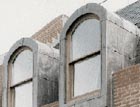 Ten house tips for the winter
Ten house tips for the winterNow is the time to put your house in ship-shape for the winter months ahead. Chartered surveyor Tom Grillo shares his ten top tips
By Country Life Published
-
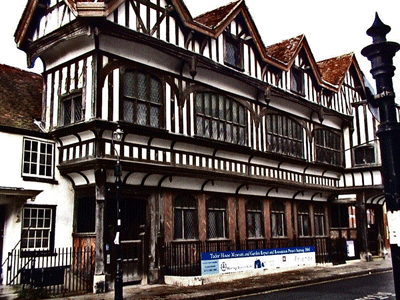 Choosing an interior designer
Choosing an interior designerFinding the right skilled interior designer for your period property requires some dedication; in particular you need to make sure you share the same vision
By Country Life Published
-
Maintenance tips for Victorian houses
There are a number of aspects to look out for when viewing or indeed owning a Victorian house
By Country Life Published
-
 Best cooking pans
Best cooking pansMrs Danvers suggests the best makes of pots and cooking pans to hunt down when shopping for a special friend's wedding present
By Country Life Published
-
How to save old floorboards
Lots of care and elbow grease can help old floorboards gleam again
By Country Life Published
-
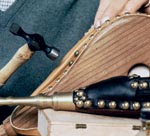 Buying bellows
Buying bellowsMrs Danvers recommends where to find a new or antique pair of bellows
By Country Life Published
-
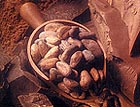 Removing chocolate stains
Removing chocolate stainsMrs Danvers tackles readers' household queries: this week's are chocolate stains on a linen suit and screen doors
By Country Life Published

